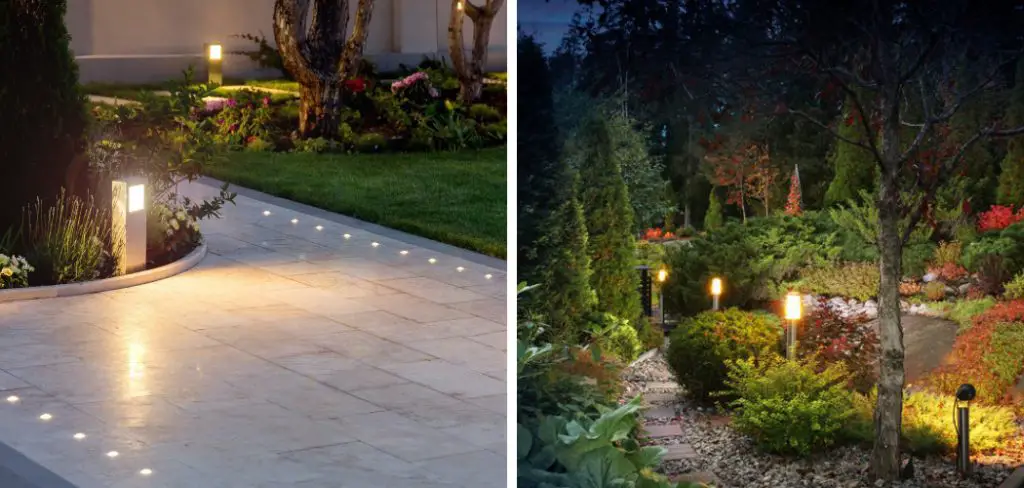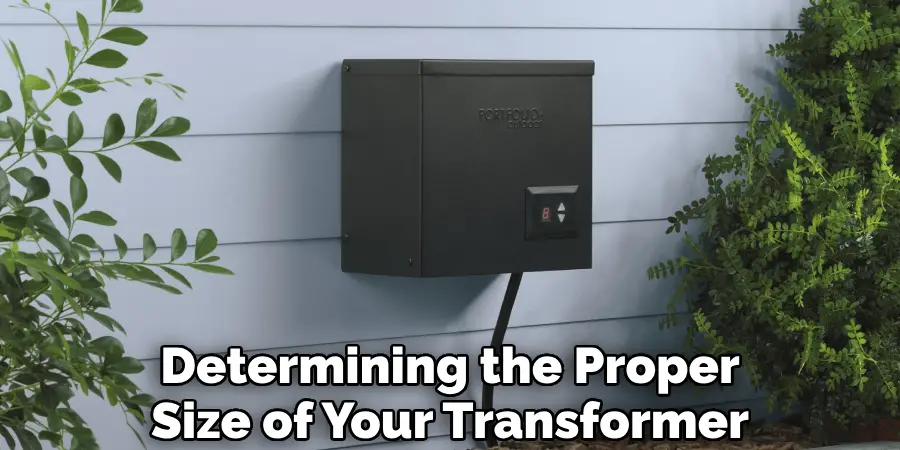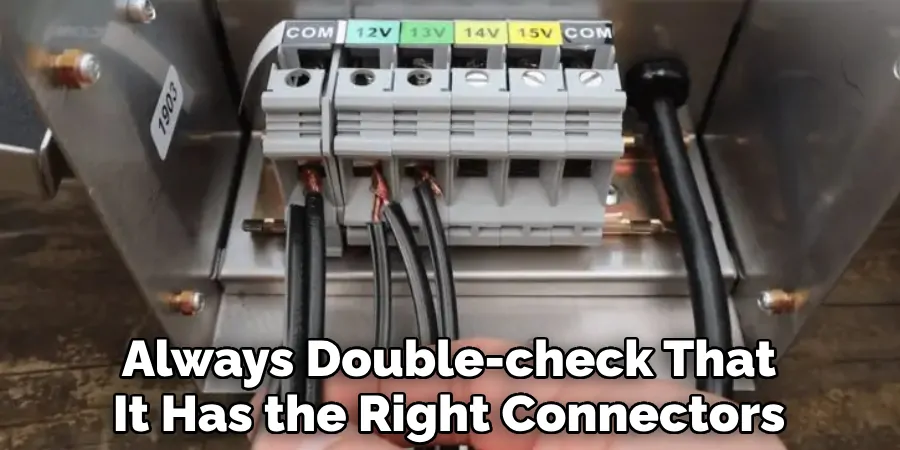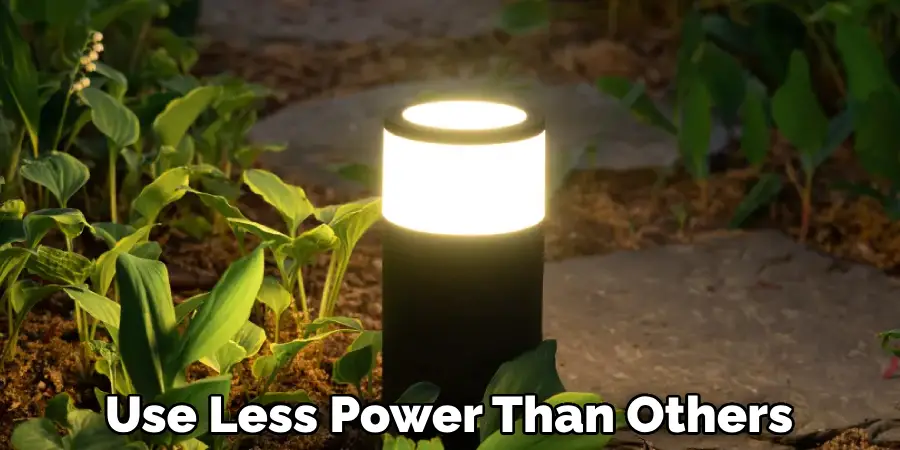Landscape lighting serves many purposes, from enhancing your property’s aesthetics to improving its security. However, installation and maintenance entail several important decisions and a few technicalities. One of which is the sizing of your transformer. The potential for this to be intimidating is understandable, but it needn’t be. With little understanding, sizing your landscape lighting transformer is simple. Let’s take a closer look at how to size landscape lighting transformer.

Can You Size the Landscape Lighting Transformer?
Landscape lighting can take your outdoor living space from drab to fab with just the flip of a switch. However, properly sizing the transformer that powers those twinkling lights is key. If your transformer is too large, it may unnecessarily drive up your energy bills. Conversely, an undersized transformer won’t be powerful enough to power your outdoor lighting system efficiently, leaving parts of your landscape dark and uninviting.
So, what size transformer do you need? It ultimately depends on the size of your outdoor space and the wattage of your lights, but a general rule of thumb is to add up the wattage of all your lights and multiply that number by 1.25 to get the recommended transformer size. Don’t let the transformer sizing process intimidate you—just a little math can go a long way in creating a well-lit and stunning outdoor oasis.
Why Should You Size Landscape Lighting Transformers?
Landscape lighting transforms your outdoor space into a stunning oasis that can be enjoyed day or night. But, to properly power your outdoor lighting, it’s important to size your transformer correctly. Why? Well, if you don’t size your transformer correctly, it can lead to too dim lights or, worse yet, that doesn’t work.
But, with the proper transformer, you’ll enjoy bright, vibrant lighting throughout your landscape that illuminates and showcases the beauty of your plants, trees, and home. So, don’t let poor transformer sizing ruin the impact of your landscape lighting, invest in the right transformer today for a truly breathtaking outdoor space.
How to Size Landscape Lighting Transformer: A Beginner’s Guide
Step 1: What a Transformer Does
The first step in determining the proper size of your transformer is to understand what a transformer does. Simply put, outdoor lighting fixtures require voltage to function, and this voltage is typically 12 volts. This is very low, much lower than a typical house’s voltage, making it much safer.

The transformer reduces the voltage coming onto your property from the standard 110 volts from your house to the 12 volts your landscape lighting fixtures require. With a reduced voltage, the fixtures are safe to operate and won’t cause any electrically hazardous situations.
Step 2: Determine the Size of Your Transformer
Now that you understand what a transformer does let’s talk about sizing. A transformer’s size corresponds to the amount of power or wattage it provides to your outdoor lighting fixtures. You’ll need to take a quick tally of the wattage of all LED or incandescent bulbs in each fixture, along with the number of fixtures in your system.
Adding those wattages together will give you the approximate total wattage of your system. For example, if you have ten fixtures each with 4-watt bulbs, your system’s wattage is 40 watts.
Step 3: Select an Appropriately Sized Transformer
With the total wattage of your system determined, you’ll need to select an appropriately sized transformer. Typically, landscape-lighting transformers are available in 150-, 300-, or 600-watt sizes. So, continuing with our example above, your 40-watt system could be powered by a 150-watt transformer. When selecting the transformer, it’s always a good idea to round up a bit. This ensures you have enough power for any potential expansions to your system.
Step 4: Consider Transformer Location
The location of your transformer is important for two reasons. First, you’ll want to place it in a dry, protected area where water can’t get into the box and cause problems with the wiring. Secondly, you should know the length of wire runs from your transformer to each fixture. The longer the wires are, the more wattage is lost over the distance. If you have longer wire runs for fixtures, consider upgrading your transformer size to compensate for this loss.
Step 5: Check Transformer Connectivity
Before installing and connecting your transformer, always double-check that it has the right connectors for your outdoor lighting system. Most transformers will have two sets of terminals—one set has the common (C) and load (L1, L2) connections for your lighting fixtures, and the other has the incoming connection from your house.

Step 6: Connect the Wiring to Transformer
Once you’ve confirmed everything is hooked up correctly, and all safety precautions are taken, it’s time to connect your wiring. Connect the incoming power wires from the house to the transformer terminals, and then connect your lighting fixtures. Now that you’ve properly sized and installed a landscape lighting transformer, you can enjoy the beauty of outdoor lighting without worrying about safety risks. So crank up the outdoor lights and enjoy!
That’s it! You’ve now learned how to size landscape lighting transformer and have the tools for safe, attractive outdoor lighting. Follow these steps, and you’ll be able to get your system up and running quickly without any headaches or safety concerns. Good luck!
5 Considerations Things when You Need to Size Landscape Lighting Transformer
1. The Wattage of The Lights
The first thing you need to consider when sizing a landscape lighting transformer is the wattage of the lights. You must know how many watts your lights use to determine how much power the transformer will need.
2. The Number of Lights
The second thing you need to consider is the number of lights. The more lights you have, the more power the transformer will need.
3. The Distance from The Transformer to The Lights
Another thing you need to consider is the distance from the transformer to the lights. If the lights are far from the transformer, you will need a larger transformer to provide enough power over a longer distance.
4. The Type of Lights
The fourth thing you need to consider is the type of lights. Some types of lights, such as LED lights, use less power than others, so you may get away with a smaller transformer if your lights are LEDs.

5. Your Budget
The last thing you need to consider is your budget. Transformers come in a wide range of prices, so you must decide how much you will spend on one.
5 Benefits of Size Landscape Lighting Transformer
1. Increased Safety
One of the primary benefits of landscape lighting transformers is that they can help increase your home’s safety. By illuminating dark areas, such as walkways and driveways, you can help to prevent accidents and injuries. Additionally, well-lit homes are less likely to be targeted by burglars.
2. Improved Aesthetics
Another benefit of landscape lighting transformers is that they can improve the aesthetics of your home. By adding light to your landscaping, you can create a more inviting and attractive space. Landscape lighting can also be used to highlight features of your home that you want to showcase, such as architectural details or sculptures.
3. Enhanced Curb Appeal
In addition to improved aesthetics, landscape lighting transformers can enhance curb appeal. If you want to sell your home, well-lit landscaping can make it more appealing to potential buyers. Additionally, good landscape lighting can increase the value of your home.
4. Reduced Energy Costs
Another benefit of landscape lighting transformers is that they can help to reduce your energy costs. LED bulbs are much more energy-efficient than traditional incandescent bulbs and will last much longer. As a result, you will save money on your energy bill in the long run.
5. Increased Property Value
Finally, landscape lighting transformers can also increase the value of your property. If you want to sell your home, potential buyers will be willing to pay more for a well-lit home. Good landscape lighting can make your home more attractive to potential renters.
Some Common Mistakes People Make When Trying to Size Landscape Lighting Transformer
When it comes to outdoor lighting, many people want to achieve the perfect ambiance for their yard or garden. However, a common mistake that people make is not properly sizing their landscape lighting transformers. This can lead to insufficient power supply for their lights or damage to their transformer due to overload.

It’s important to consider factors such as the number and wattage of the lights, the length and gauge of the wire, and the voltage drop when determining the appropriate transformer size. Calculating these details carefully can make all the difference in achieving the beautiful and functional outdoor lighting you desire.
Conclusion
Choosing the right transformer for your landscape lighting setup is essential to any installation or expansion. By understanding your total wattage and working with the right gauge wire, you can ensure that you have enough power for your future needs and that your outdoor lights operate safely and correctly. Don’t let electronic jargon intimidate you – by following a few simple steps, you’ll be able to enjoy a beautiful and well-lit property for years to come. Thanks for reading our post about how to size landscape lighting transformer.

